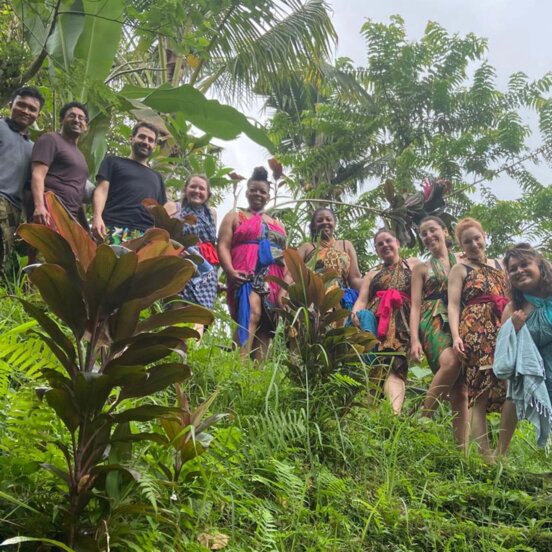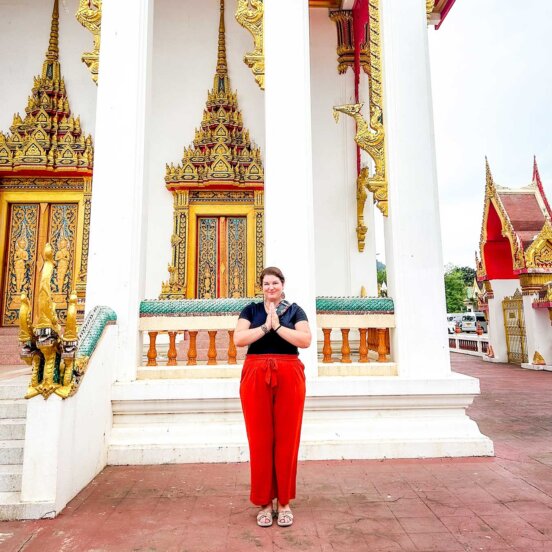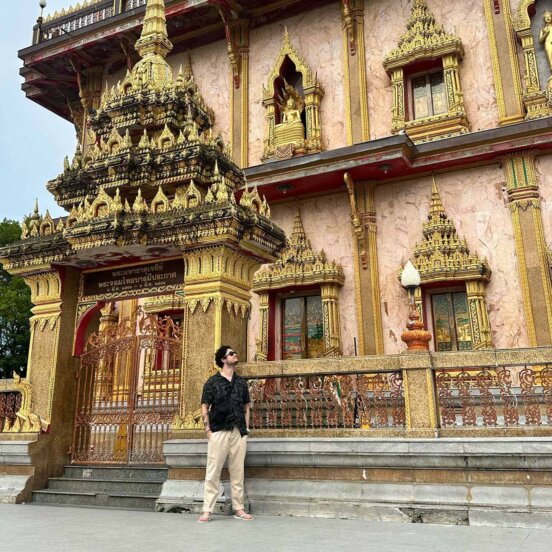How to be more zen, from one of Japan’s last-remaining Buddhist bell makers
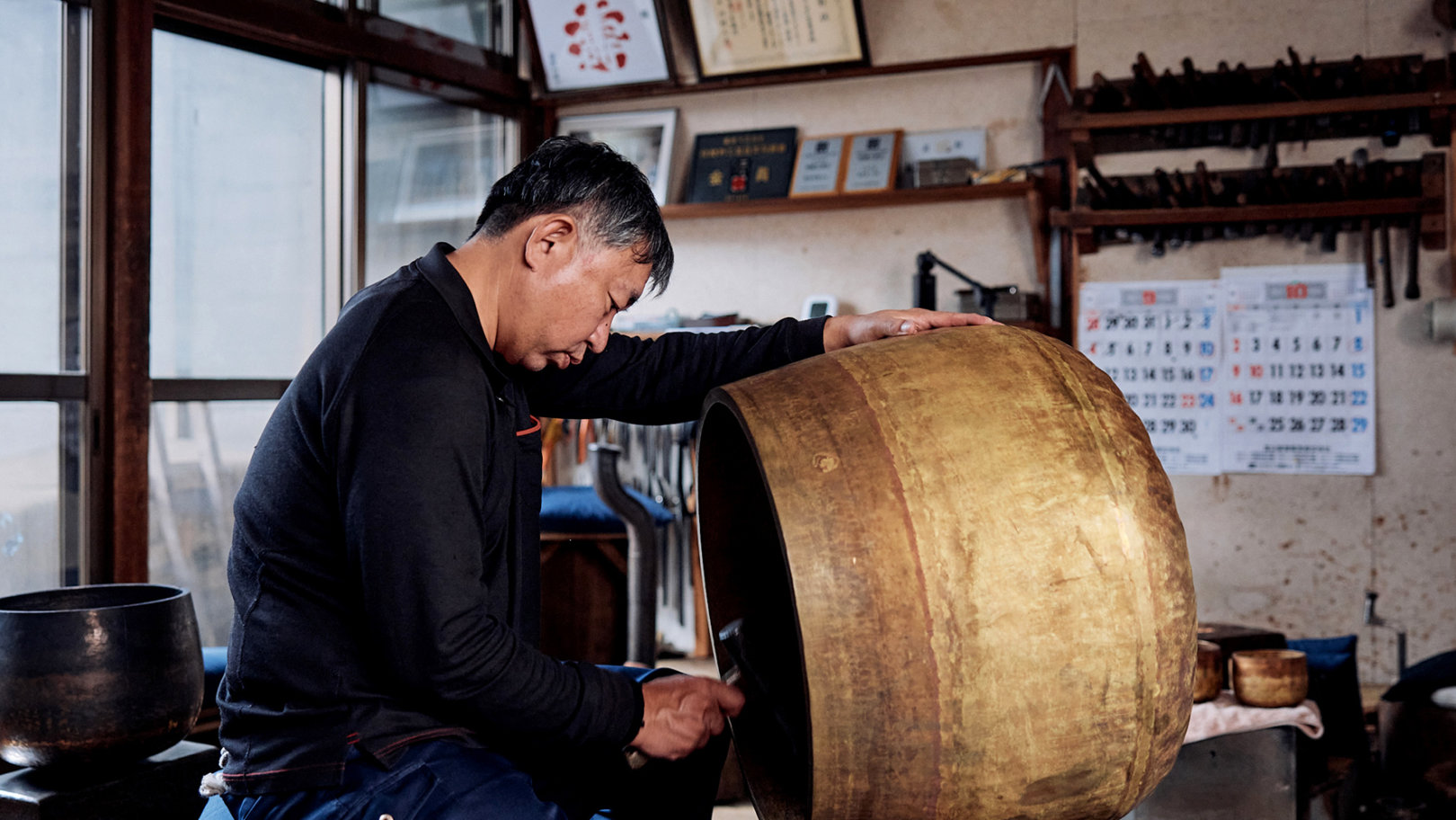
For more than a century, in Japan’s little-known coastal prefecture of Toyama, the family of Shimatani Yoshinori have crafted orin. Working long, punishing hours, they’ve dedicated mind and body to producing these melodic brass bells – also called singing bowls – for meditative use by monks in the country’s temples.
Yet, despite a rich local craft tradition, where responsibilities typically pass from one generation to the next, it wasn’t inevitable that 49-year-old Shimatani would join the business.
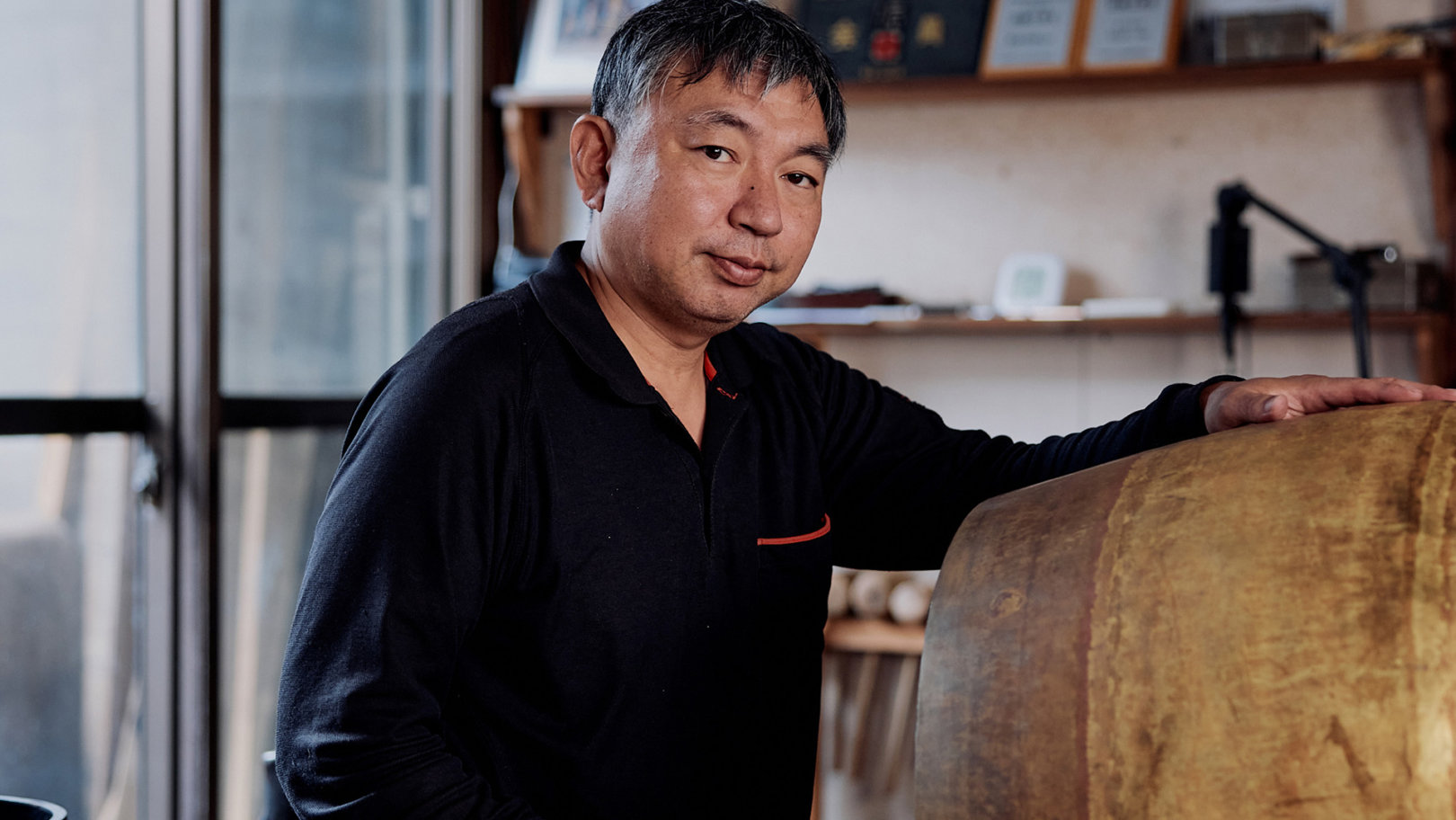
Being born into a family that makes bells for Buddha is very rare
“When I was younger, I wanted to be a chef. I even started working as one to try to escape my family legacy,” Shimatani tells me. “I had looked at how hard my father and grandfather worked for their craft and decided I wanted something different.”
But a chance encounter changed his life. Early one morning, after being out drinking with friends, Shimatani bumped into a lone woman cleaning the street. The issue weighing heavily on his mind, he told her about the conflict he felt between choosing a new life and continuing the family business.
“She said to me: ‘it is a special thing, being born into a family that makes bells for Buddha – it is very rare.’ That was like a bolt of lightning to my brain.” From that moment, what Shimatani had considered to be a hard – even dull – future, now felt like a precious opportunity.
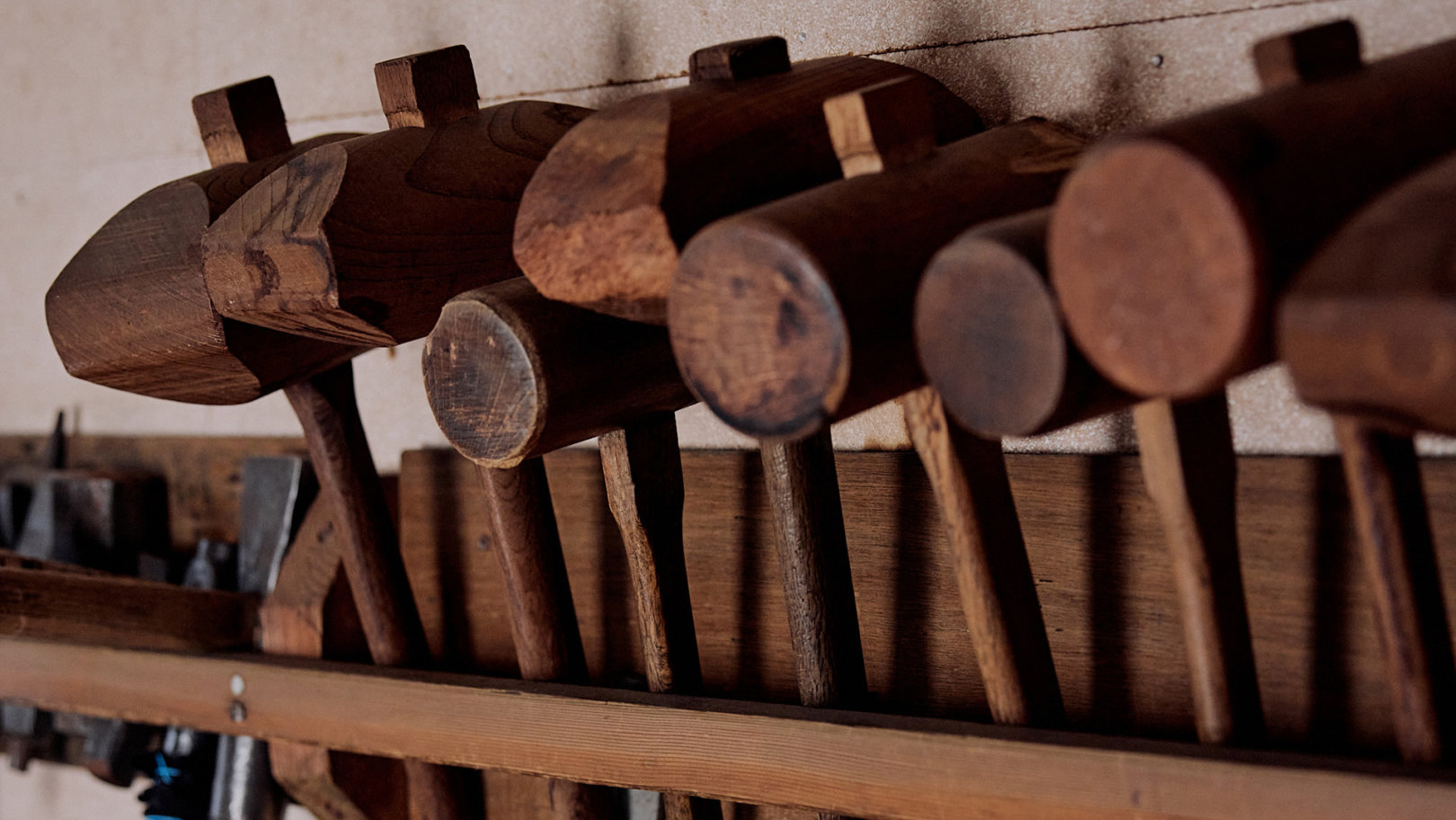
Patience and instinct form the foundations of Shimatani’s work
Orin are used in Buddhist temples throughout Japan, for many reasons. A strike might call monks to prayer; an elongated hum might guide them in performing sutras (the chanting of holy scriptures).
The Yoshinori family’s bells are one of the most notable craft traditions of Toyama, an area famous for metal artisanship since the Edo period (from 1603 to 1867) and Buddhism – now one of Japan’s most prominent religious strains, focused primarily on gratitude for the gift of life.
Patience and instinct, as well as tradition, form the foundations of Shimatani’s work. “Making each brass bell, whether large or small, takes months – around three for a 30cm bowl,” he explains.
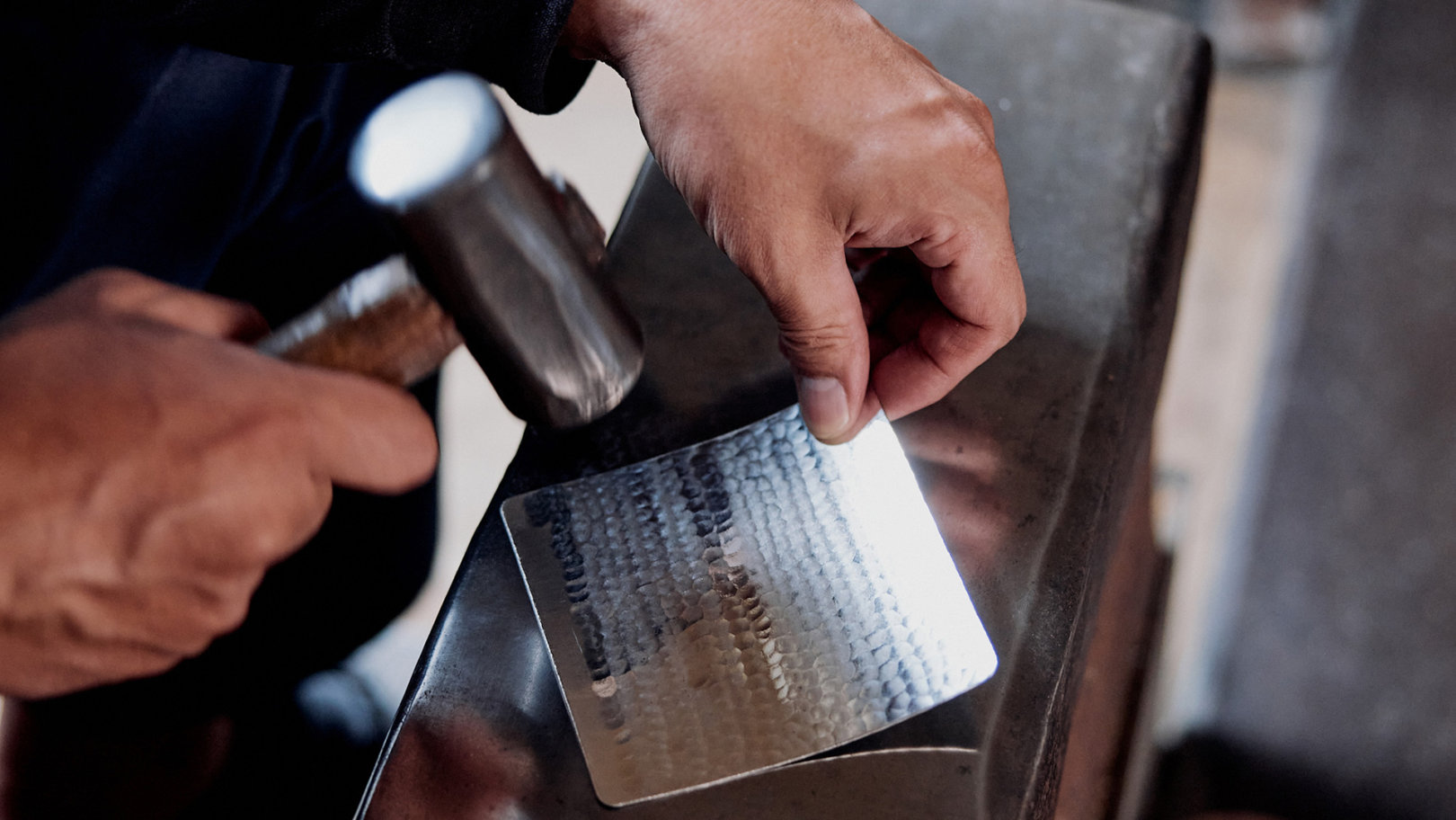
Among a row of orin, he can always recognize his own work
Each orin is fashioned from multiple sheets of metal, which he must hammer out individually by hand then fuse together with fire. It is intricate work; each bowl is heated by flames and consequently cooled around 40 times before it is ready.
Once a bowl is shaped, it must then be tuned with taps of a hammer to finesse its ring. This is a painstaking process of trial and error.
“I never know exactly what a bowl needs. I have to keep making tiny adjustments until it is perfect,” the craftsman notes. Shimatani is led entirely by ear; he knows what his bowls should sound like. And among a row of orin, he can always recognize his own work by its distinct tune.
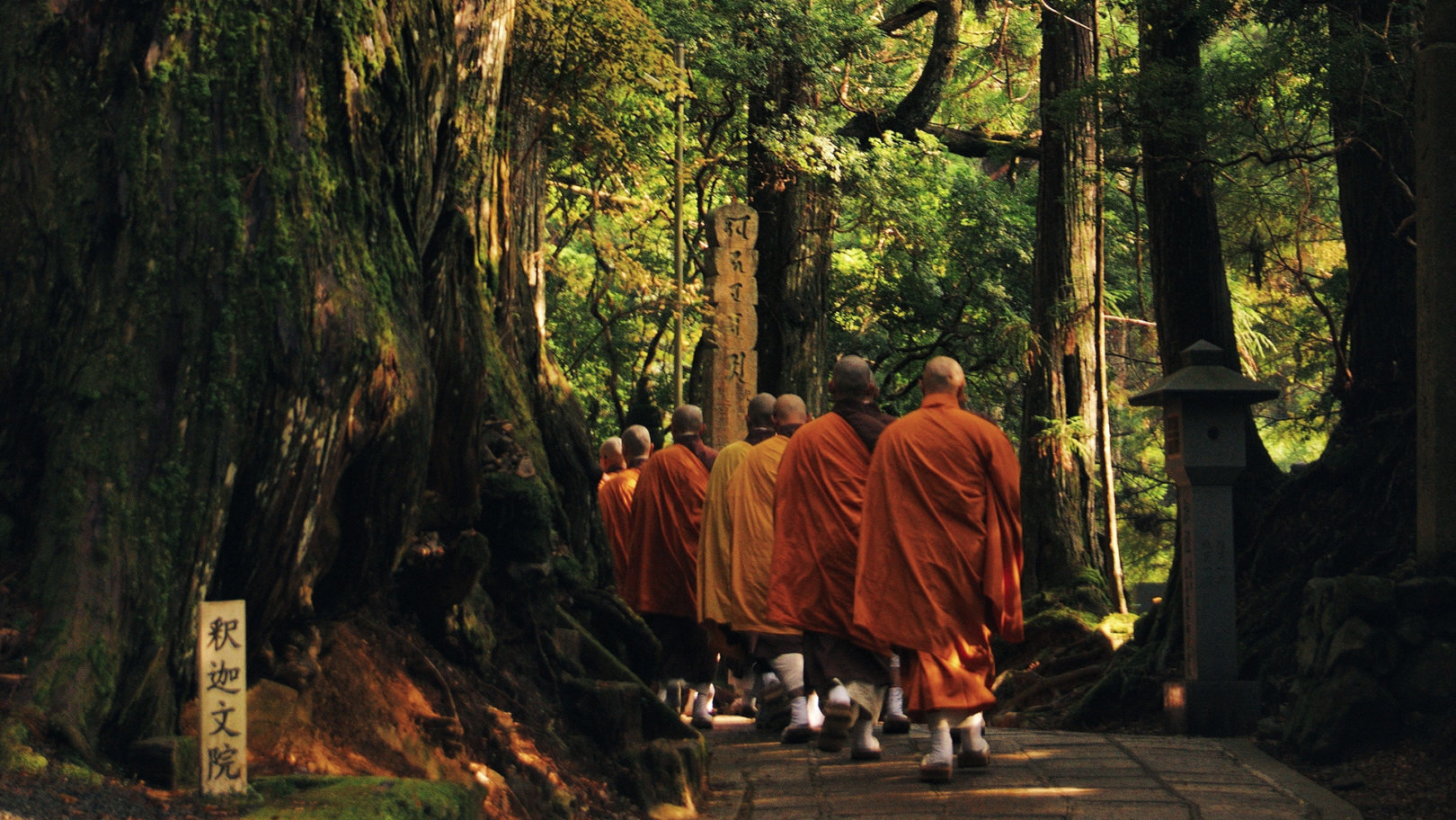
The sound of orin immediately makes us feel calm
Sound, not style, is the entire reason for a bell’s existence. The distinct metallic hum is instantly zen-inducing; some studies have even shown its sound to reduce anxiety and mellow the nervous system.
“The sound of orin immediately makes us feel calm when we hear it in a temple,” says Shimatani. But for the effect to be just right, the ring needs to be perfect. As the maker puts it, “not too high, not too low, not too short – nice and long.”
When Shimatani first began studying under his father, he simply listened. For half a decade he observed the sound of orin before being allowed to take part in the production. It’s akin to how sushi apprentices spend years making rice before ever assembling an onigiri; in Japan the thinking is that only by mastering foundations can you ever achieve greatness.
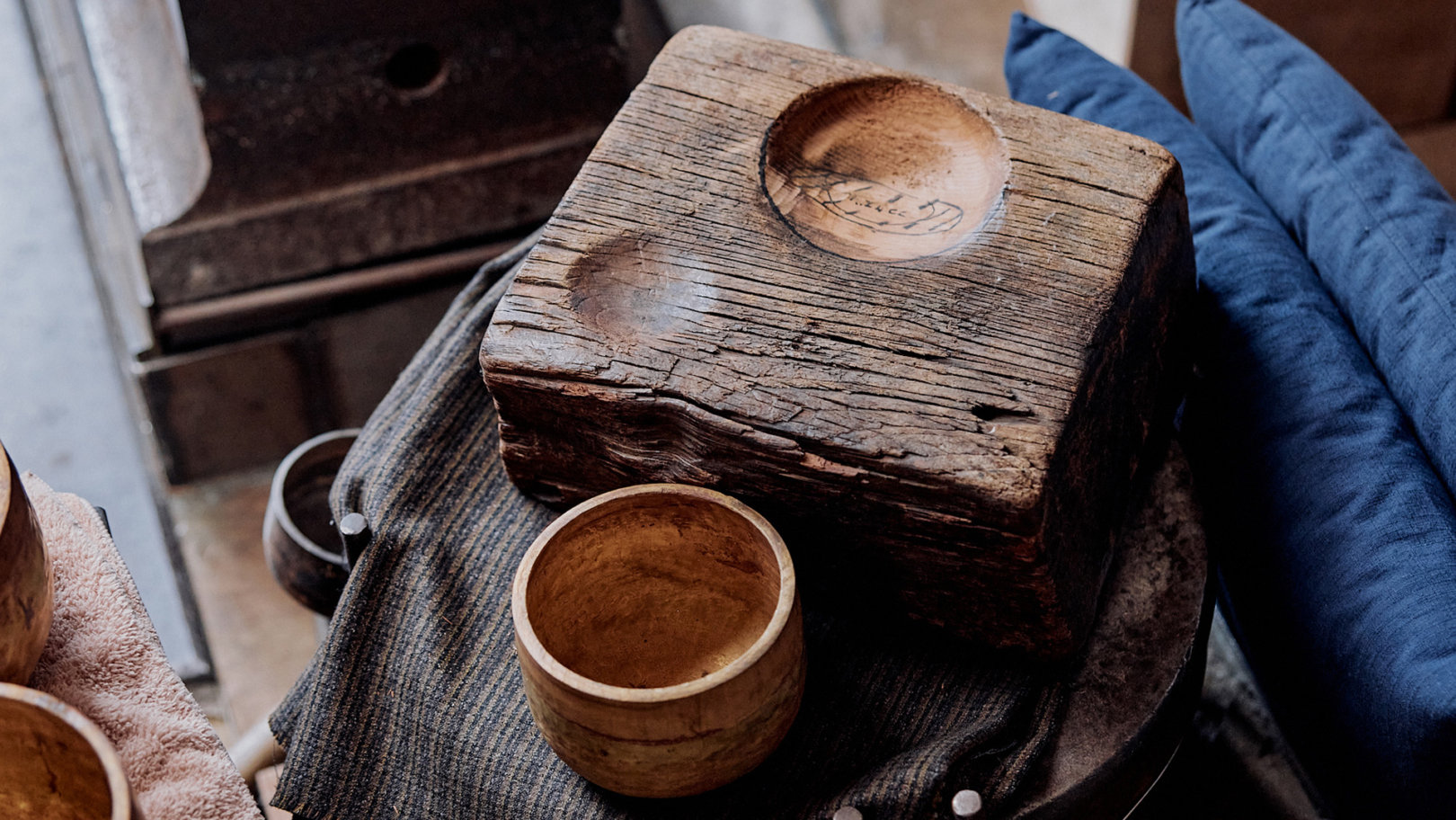
My mental state is very important as I work
As a result of his slow, steady dedication, Shimatani learned by memory the exact right pitch for each kind of bowl he makes. “Orin designed to be used alongside chanting, for example, must have a similar pitch to the human voice for monks to use as a guide,” he explains. Always, the sound must move in waves, ebbing and flowing until it eventually melts away.
Shimatani believes his own state of mind is crucial to making bells that bring relaxation to others. “I think of my orin as my children. For the few months that I am shaping them, I am pouring myself and all my emotions into them. So, my mental state is very important as I work.”
He says he needs to be relaxed, mindful and present, and it is important that in the days leading up to a tuning, he stays calm and avoids anger. “I especially try to avoid any arguments with my wife,” he jokes.

Shimatani has begun working with thin sheets of tin
Even though orin are very important to Japanese Buddhist culture and temple life, it’s not exactly a booming business. Shimatani’s bells will last around a century once made, and they come with a lifetime guarantee – he re-tunes or fixes orin that his father and grandfather made long before him.
Planned obsolescence this is not. But the artist has recently found other outlets for his skills, so people can enjoy his craftmanship outside of the temples.
In a departure from brass, Shimatani has begun working with thin sheets of tin, producing what he calls suzugami (tin origami). He works thin sheets of metal until malleable and imprints them with designs inspired by the four seasons.

It is important to keep the traditional craft of bell-making alive
The flexible sheets can be reshaped into everything from biscuit plates to bud vases, and are now sold around the world in design-forward shops such as London’s Pantechnicon and New York’s MoMA Design Store.
Meanwhile, as the benefits of sound therapy become more well known and singing bowls increase in popularity in spas and yoga studios, he has begun making smaller orin for private clients.
“It is important to keep the traditional craft of bell-making alive,” says Shimatani, now one of just 10 remaining orin makers in Japan – and the youngest. But how can we ensure the next generation continues to see value in this kind of work?

Shimatani allows his orin to speak for themselves
“When people come to Toyama, I welcome them into my studio. I show them how I make my bells.” By letting people see for themselves the beauty of his craft and learn about the evocative power of sound, Shimatani allows his orin to speak for themselves. Their distinct, restorative sound, certainly has a ring to it…
Tune in to the calm of Koyasan on Flash Pack’s 12-day Japan adventure, where you’ll stay overnight in a temple with Buddhist monks, join geisha-led tea ceremonies and meet sumo wrestlers.
Got a story or adventure that could inspire a solo traveler like you? Tag @flashpack on social or email [email protected] to be featured.





